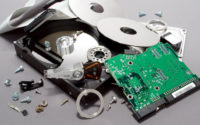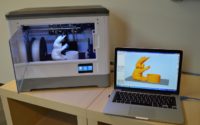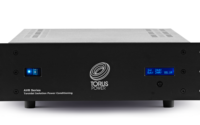Everything You Need to Know about Power Points
Electricity is supplied to Australian homes via overhead or underground powerlines at 230 or 415 Volts. These feed into mains boxes, often located on an accessible outer wall and distribute power throughout the home. The end-point is either switches that power things like lights, or power points that power all other appliances and devices.
Power points or electrical outlets consist of several parts. You’ll need to know your way around when repairing or replacing a faulty socket. At the wall end, there are terminal screws that screw the neutral, live and earth wires inside the terminals, and there should be no wire exposed. The wires are colour-coded for safety. The live wire is either brown or red, the neutral is blue or black, and the earth is yellow-green. Electricity is supplied through the live wire and returns to the circuit via the neutral. The earth wire is there for safety reasons and passes current into the ground in case something goes wrong. The housing or mounting box protects the terminals and cable. The faceplate is the outer part of the power point, which houses the terminals and is screwed to the mounting box. It is the terminals that send electricity into the connected plug.
Types of Power Points
Standard Power Points
All power points in Australia are the switched type. This allows for more safety and avoids unintentional electrocution. It also allows devices and appliances to be plugged in at all times, and flicking turns them on. Power points can be offered in a single, double or quad arrangement. The double power point is the one that is most often found in Aussie homes.
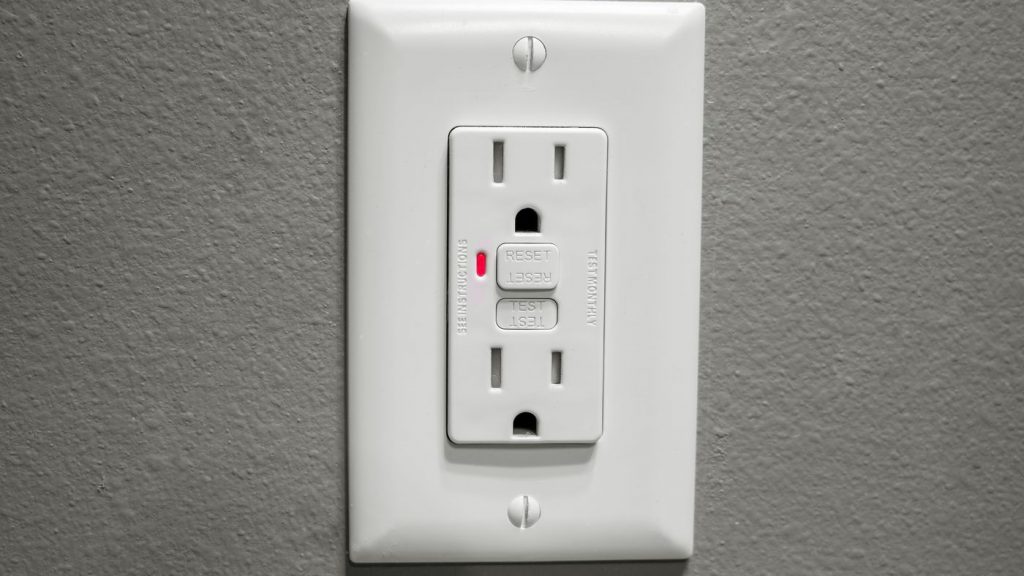
There is often a single switch for each plug or “gang” and a double or quad power point can have an additional switch that turns all circuits on or off. These are arranged either above or to the sides of the pinholes. Besides standard switches, some power points are sold with additional protection, with RCD or surge protectors. These come in handy in poor or inconsistent electrical supply and cut the power off in sudden surges of high current.
Power Points with USB chargers
The contemporary take on power points is to include one or several USB charging points along with the sockets. These are useful as you don’t need an adapter to charge things like phones, tablets, computers cameras or wearables. USB-only chargers with up to 4 individual outlets are often mounted alongside power points to charge multiple devices at once.
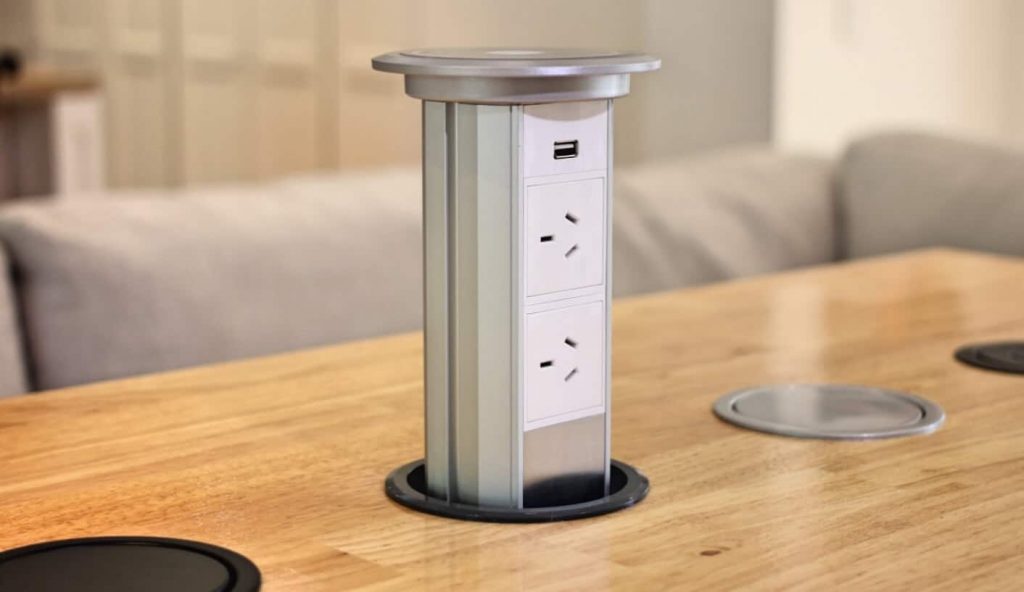
Indoor vs Outdoor Power Points
Power points intended for outdoor use, like in gardens or garages are better protected and have weatherproof housings and features like lockable or spring-loaded flaps to allow for uninterrupted power supply. These too are switched and have either standard rocker switches or slider switches for added safety.
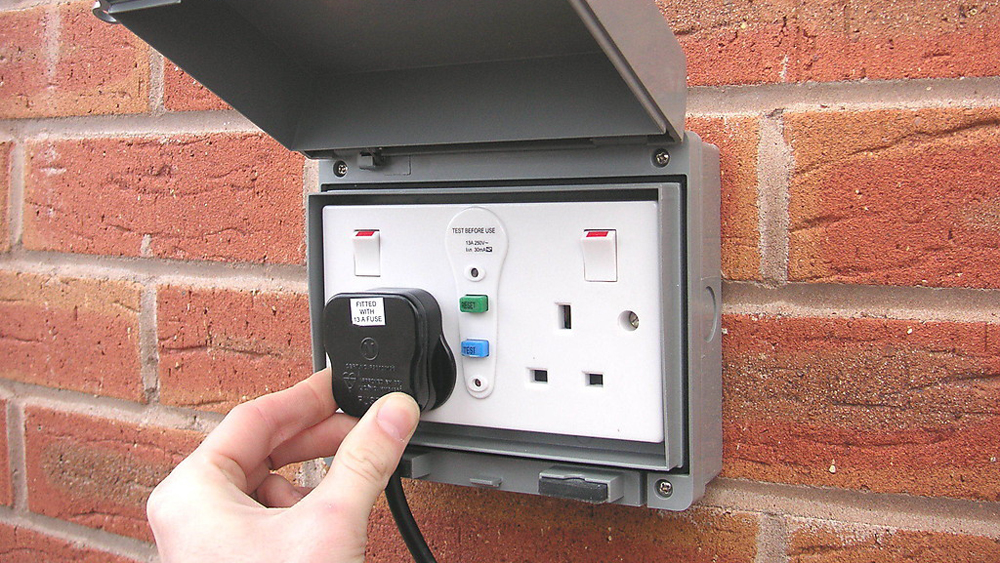
Surface Mounted vs Flush Power Points
Flush-mounted power sockets are installed directly into walls, so there isn’t a need for cover plates. If you want a seamless fit that goes well with the rest of the room, then these are the way to go. Older surface mounted power points protrude out of the wall, and these are often found outdoors for easier connection to plugs. A compromise between the two styles are newer pop-up power points, that are installed in work or kitchen benches. They may be fiddly to install, but have a simple to use motorised motor, along with several power points and USB charging outlets. Some also feature wireless charging for compatible devices and Wi-Fi connectivity.
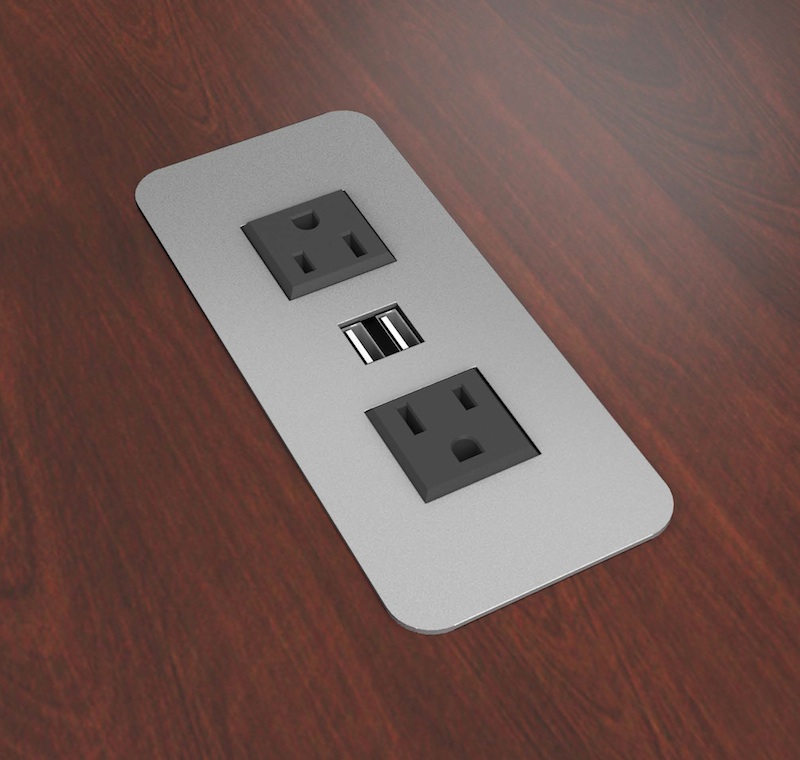
Other Points to Consider
Most power points for internal use are rated at 10A so can handle all appliances without issue. Weatherproofed power points used for the garage or shed have somewhat higher amperage better suited to powering items like large corded tools. You can find the standard 10A variants, and those in 15A, 20A and 32 Amps. These can also have an IK rating, that ensures that the power point will work even in the event of mechanical impact.
Water and dust proofing is another selling point in power points. Though not required outside of bathrooms or kitchens, these will protect you and anything connected in the event of accidental spills. For bathrooms, wiring rules dictate where power points can be installed. Here a rated single or double power point with an IPX4 rating or above is recommended along with an integrated RCD circuit breaker. Zoning and safety switches are also required for power points used in kitchens and laundries.
Then there are the aesthetics. Here you can choose between horizontally and vertically mounted power points. Wiring rules state that power points in kitchens must be in a vertical orientation to avoid liquid buildup. Looks are also dictated by the colour and housing design. Manufacturers offer a range of product lines and colours, from shades of white, grey, silver and black. Standout colours like red, green and blue can also help in brightening up a dull interior.
Lastly, choose between a single or double pole socket. Double pole sockets switch both the live and neutral wires to ensure safe isolation of the connected device or appliance. They are a little more expensive than regular single-pole sockets, but worth the investment.

